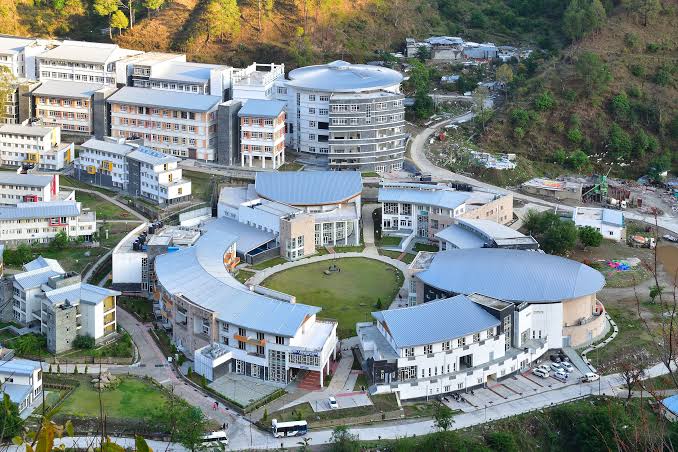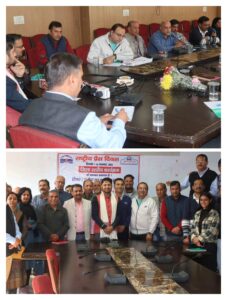IIT-Mandi researchers develop biodegradable natural fibre

- Media role in era of misinformation highlighted during National Press Day in Mandi - November 16, 2024
- First-ever Mandavya Festival celebrated in Mandi, find out who Sage Mandavya was - November 15, 2024
- Second soldier from Mandi in Himachal martyred within a week in line of duty - November 15, 2024
MANDI: Researchers at the Indian Institute of Technology-Mandi have produced biodegradable natural fibre-containing composites tailored for various applications, particularly in electromagnetic interference (EMI) shielding.
Composite materials, blending two or more substances, have been utilised since ancient times. Clay and straw, among other materials, were historically combined to create composite bricks for construction. Today, natural fibre-reinforced composites, such as Jute and Hemp, are making a comeback due to environmental concerns, finding diverse applications in different sectors.
One area where composites are increasingly used is EMI shielding. The proliferation of electronic devices in recent years has led to a new form of pollution known as EMI. Such interferences can affect the functions of electronic systems across industries such as radar systems, military controls and networking infrastructure. The EMI shielding materials are essential to protect electronic devices and systems from EMI interference.
A team of researchers from IIT-Mandi and VTTT, Finland, led by Himanshu Pathak, Associate Professor, and Dr Sunny Zafar, Associate Professor of the School of Mechanical and Materials Engineering, alongside their research scholar, Aditya Pratap Singh at IIT-Mandi, and Siddharth Suman, Research Scientist at VTT Technical Research Centre of Finland, have initiated a mission to develop a composite material. This material aims to provide robust EMI shielding while adhering to eco-friendly principles.
The team has developed a distinctive mixture comprising kenaf fiber (known as Deccan Hemp/Ambari in local languages) and High-Density Polyethylene (HDPE). Kenaf, recognised for its strength and low density as a natural fiber, acts as an optimal reinforcement material, augmenting the mechanical properties of the composite while diminishing its environmental impact. Additionally, HDPE, a commonly utilised recyclable plastic, adds to the composite’s eco-friendly characteristics.
Speaking about the developed composite, Himanshu Pathak, Associate Professor, School of Mechanical and Materials Engineering, IIT-Mandi, said, “Cultivating a sustainable future demands innovation that enhances performance while minimising environmental impact. Our work in developing eco-friendly EMI shielding materials combines technological advancement with ecological responsibility.”
Speaking about the applications of the developed composite, Sunny Zafar, Associate Professor, School of Mechanical and Materials Engineering, IIT-Mandi, said, “The developed composite holds immense promise for real-world applications, ranging from electronic equipment casing to overhead bins and unmanned aerial vehicles (UAVs). The composite’s versatility and sustainability make it an asset in addressing contemporary challenges while promoting environmental responsibility.”




